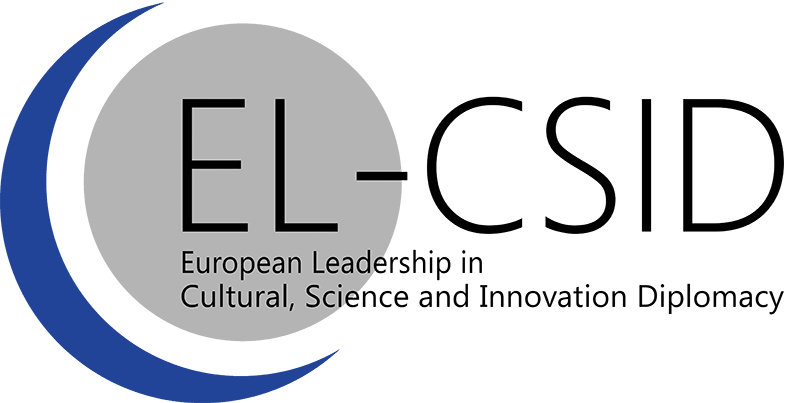Science Diplomacy: New Global Challenges, New Trend
- Luk Van Langenhove (Vrije Universiteit Brussel
- 12 apr 2016
- 2 minuten om te lezen

Most scholars of International Relations now agree that a revamp of the Westphalian model of sovereign states is long overdue. Globalisation, based upon massive changes in transport and electronic communications, has created greater interdependence between states. Meanwhile, international relations and the diplomatic activities that go with it are no longer the preserve of sovereign states.
Other actors, such as supranational regional organisations or subnational entities engage in diplomacy as well. The rise of so-called “Public Diplomacy” is another of those changes. It is related to the growing importance of soft power and the need to gain public support for foreign policies. There has also been an evolving relationship between science and diplomacy.
Rise of Science Diplomacy
In principle, they represent two distinct spheres of human activity that have little in common. As Australia's Chief Scientist once put it: "scientists and diplomats are not obvious bedfellows". Nevertheless, scientific networks and evidence are playing an increasingly important role in diplomacy efforts initiated by both state and non-state actors. This practice can be termed “Science Diplomacy”.
Though this is a new concept, it refers to an old practice as scientists always have been at the forefront of international collaboration. As early as 1723, the UK Royal Society instituted the post of Foreign Secretary. Today scientists all over the world are connected to each other through “invisible colleges” – that is, networks organised around scientific disciplines or problems.
Three Varieties of Science Diplomacy
It is not clear when the concept of Science Diplomacy was coined and first used, but today it is becoming widely used by policy-makers, scientists and scholars of International Relations. In 2010, the UK Royal Society and the American Association for the Advancement of Science (AAAS) published a landmark report, entitled "New frontiers on science diplomacy: Navigating the changing balance of power", in which they distinguished between three forms of Science Diplomacy: diplomacy for science, science in diplomacy and science for diplomacy.
Diplomacy for Science is mainly about the facilitation of international scientific collaboration. Here, classical tools of diplomacy are put to use to support the scientific and technological community. It is about using diplomacy in order to establish cooperation agreements at government or institutional level. The goal of actions of diplomacy for science is to benefit from foreign science and technology capacity in order to improve the national capacity.
With Science in Diplomacy, the roles are reversed: the scientists are prompted towards supporting foreign policy. In times of war, this has resulted in mobilising national scientific and technological resources for the development of arms. In times of peace, this is about using scientific knowledge in foreign policy decisions. The goal of such activities is to improve Foreign Policy actions through the use of scientific knowledge.
Science for Diplomacy goes one step further: here, science is used as a tool to build and improve relations between states. This can be done when there are tensions in relations between certain states or when states are faced with common problems that they cannot solve on their own. Scientific collaboration is used to provide collaborative relationships that are based upon a non-ideological basis. The goal is here to support Foreign Policy actions by mobilising scientific networks.
The full commentary can be consulted at: RSIS website




















